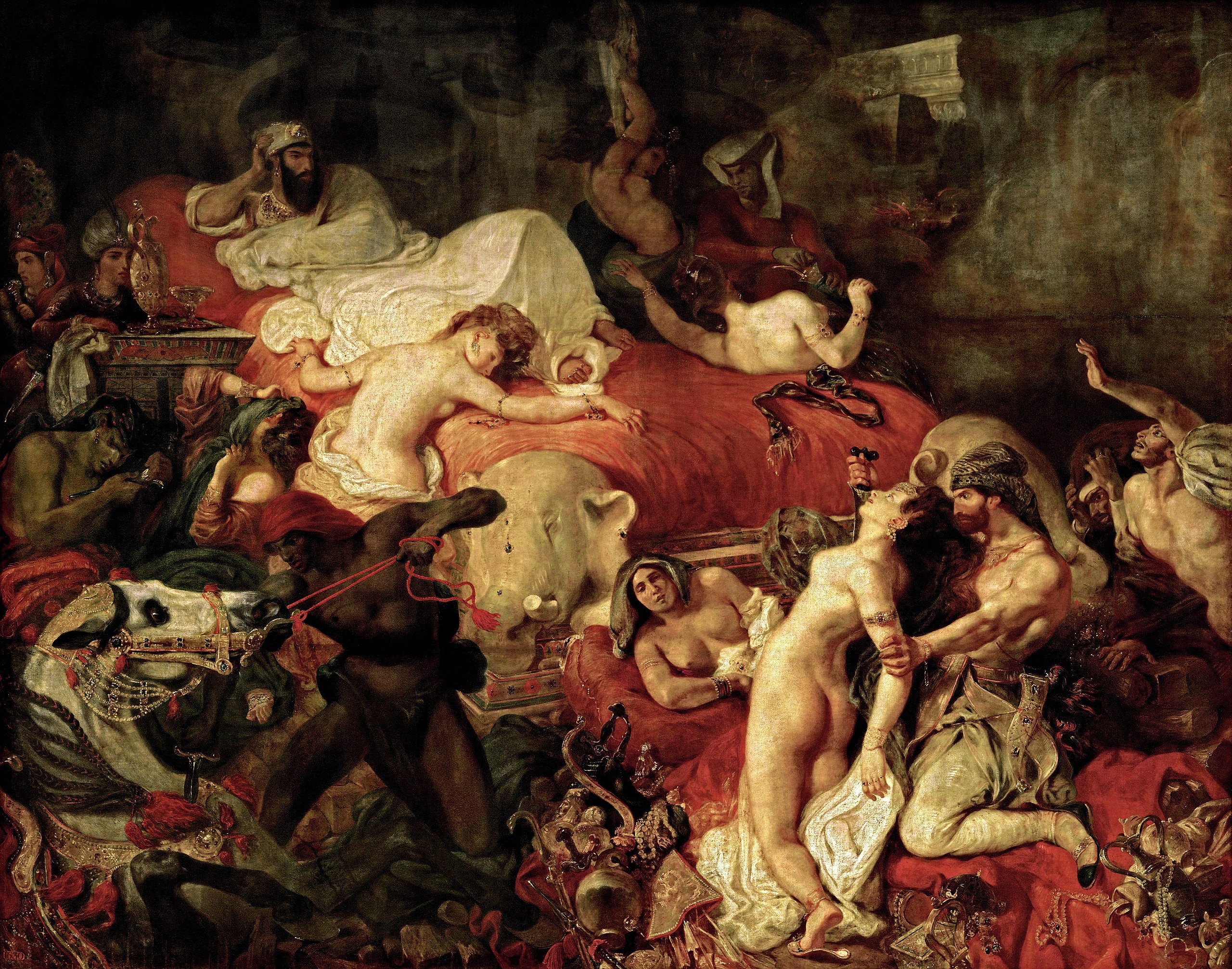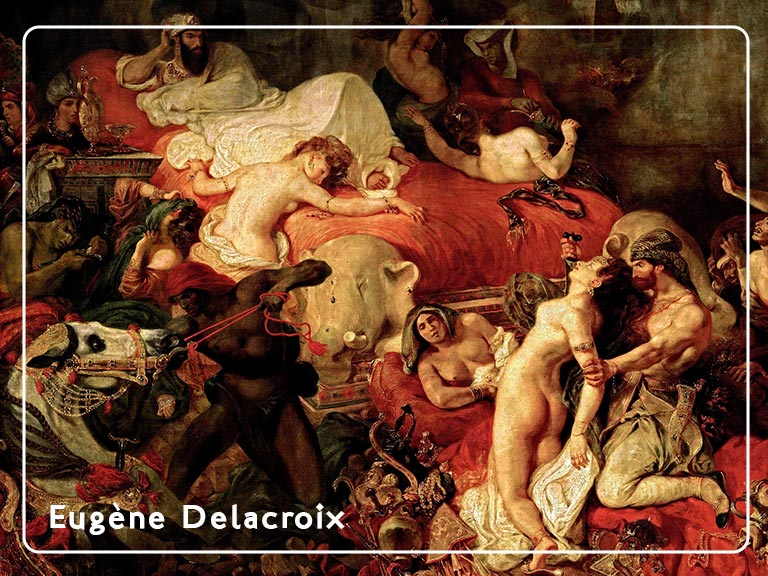Eugène Delacroix, a prominent figure of the Romantic movement, remains one of the most celebrated artists in the history of French art. Known for his vibrant and emotionally charged works, Delacroix played a pivotal role in revolutionising the art world during the 19th century. With his exceptional use of colour, dynamic compositions, and exploration of themes from mythology, history, and literature, Delacroix’s art continues to captivate and inspire audiences today.
Born on April 26, 1798, in Charenton-Saint-Maurice, near Paris, Delacroix grew up during a time of political and social upheaval. He received formal training at the École des Beaux-Arts in Paris, where he honed his skills as a painter. Delacroix drew inspiration from a wide range of sources, including the works of Peter Paul Rubens, Titian, and the Venetian Renaissance painters. He also admired the work of English landscape painter John Constable.
Delacroix’s oeuvre is marked by an impressive range of subject matter. His paintings often depicted historical events, literary scenes, and Orientalist themes, which were highly popular during the Romantic era. One of his most renowned works, “Liberty Leading the People” (1830), captures the spirit of the French Revolution with its powerful imagery and symbolic portrayal of freedom. This painting has become an enduring symbol of revolution and liberty.

Delacroix’s fascination with exoticism and the East is evident in his Orientalist works, such as “The Death of Sardanapalus” (1827) and “Women of Algiers in Their Apartment” (1834). These paintings reflect his interest in the exotic cultures of North Africa and the Middle East, often depicting opulent scenes and richly dressed figures.

The artist’s mastery of colour is particularly noteworthy. Delacroix employed a vivid and expressive palette, utilising bold brushstrokes and contrasting hues to create a sense of drama and emotional intensity in his works. This approach is exemplified in paintings like “The Massacre at Chios” (1824) and “The Barque of Dante” (1822), where the use of colour and movement conveys the emotional impact of the scenes depicted.

Legacy and Where to View Delacroix’s Art:
Eugène Delacroix’s influence on subsequent generations of artists cannot be overstated. His innovative techniques and emotive style laid the groundwork for future art movements, including Impressionism and Symbolism. Today, his paintings can be admired in esteemed institutions around the world.
The Musée du Louvre in Paris houses an extensive collection of Delacroix’s works, including “Liberty Leading the People” and many other notable pieces. The Musée Delacroix, located in the artist’s former studio in Paris, is dedicated entirely to his life and art, offering a comprehensive experience of his remarkable talent.
Eugène Delacroix’s contributions to French art and the Romantic movement have left an indelible mark on the artistic landscape. Through his expressive brushwork, bold use of color, and exploration of powerful themes, Delacroix’s paintings continue to resonate with audiences today. His ability to capture raw emotions, combined with his mastery of composition and technique, solidifies his place as one of the most influential artists of the 19th century. Delacroix’s legacy serves as a testament to the enduring power of art to evoke profound emotions and provoke contemplation.
If you would like to receive a roundup of all of our blog posts once a week to keep you inspired in your inbox, why not sign up to our newsletter. You can access our sign up at the top of our page. If you are a London Art College student and you would like your artwork featured here, drop us a line at any time.

